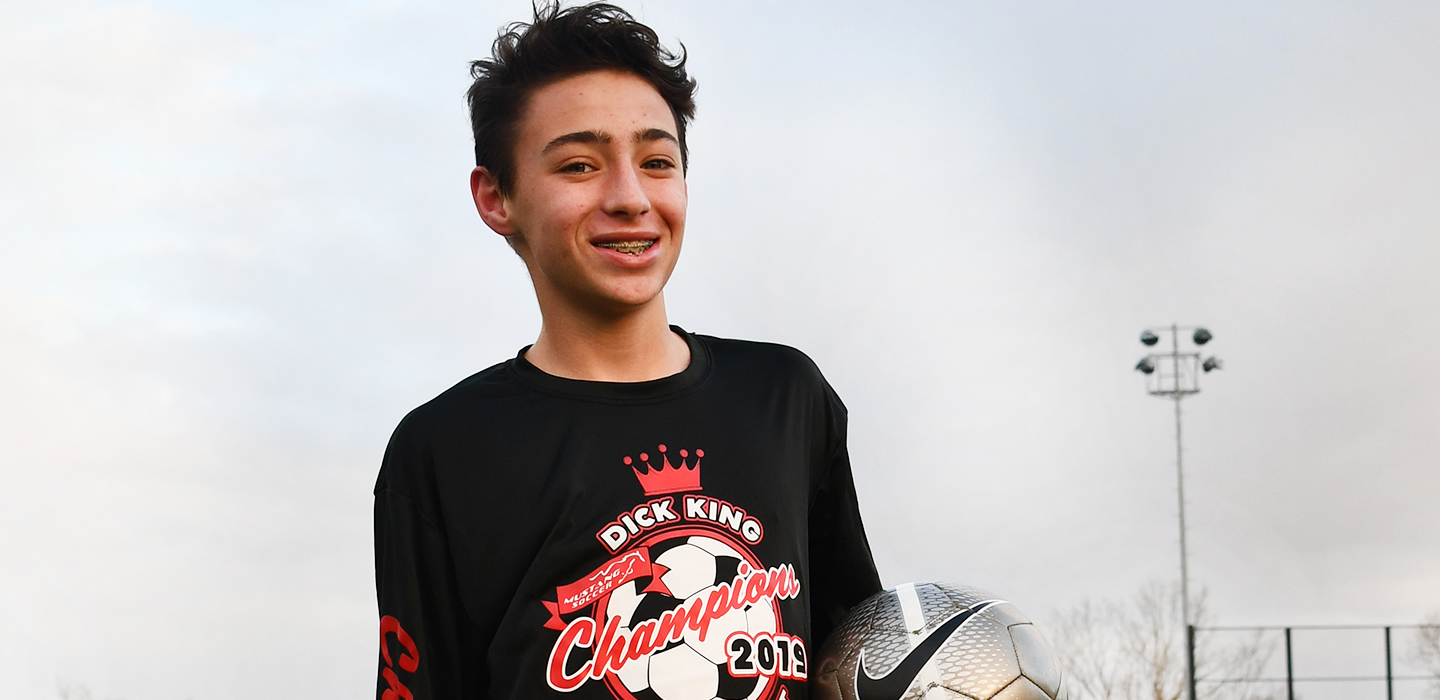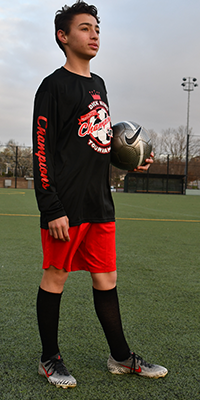From Torn ACL to MVP
Injuries are on the rise among athletic kids like Daniel

The baseball practice started like any other for 11-year-old Daniel. Then a batter popped up a fly ball between third base and home plate, and Daniel, his team’s catcher, dove to catch it – just as the third baseman did the same. The two collided, and Daniel felt a jolt of pain in his knee as the anterior cruciate ligament, commonly known as the ACL, tore.
Two decades ago, 11 would have been an incredibly young age at which to tear an ACL, the knee ligament that provides much of the leg’s stability. But Daniel’s case is no longer unique. According to a 2017 study, the rate of torn ACLs among 6- to 18-year-olds in the US has steadily increased, rising more than 2 percent annually for the past 20 years.
That’s because in recent years, young athletes have tended to focus intensely on one sport and practice for too many hours, explains Nirav Pandya, MD, section chief of the Division of Pediatric Orthopaedics at UCSF Benioff Children's Hospitals, who performed Daniel’s surgery.
Daniel follows Pandya’s strongest advice: Play multiple sports. Mixing it up, Pandya says, makes kids even better athletes and reduces wear and tear on the body.
“Instead of learning how to be flexible and use their body in different ways, kids repetitively do one thing,” Pandya says. “The growing body is not ready for that. As a result, the ligaments and cartilage take the hit.”
Daniel’s parents felt lucky to receive care from Pandya, a nationally recognized orthopedist, close to their Danville home, at UCSF Benioff Children’s Hospitals’ Walnut Creek campus. After the successful surgery, Daniel’s real challenge was staying away from his beloved sports. Instead, he trained for months with our expert physical therapists, who have delivered comprehensive rehabilitation care to thousands of young athletes, including Olympians. But the wait was worth it.
“Therapy helped me get stronger and play even better than I did before I was injured,” Daniel says. Now 13, he recently led his undefeated soccer team to a championship victory by scoring the winning goal. In the winter, he flies down ski slopes in mogul races.
Daniel follows Pandya’s strongest advice: Play multiple sports. Mixing it up, Pandya says, makes kids even better athletes and reduces wear and tear on the body.
Now that he’s back in the game, Daniel is also giving back. He has been rallying his community to collect walkers, crutches, braces, and other used orthopaedic equipment, which he then delivers to Pandya to distribute to families in need.
“The great thing about Daniel is that he invested in understanding his injury, but he also saw the bigger picture and thought about how to help others,” Pandya says.
 Daniel, who is his school’s student body president, reflects on his rehabilitation with the same maturity and optimism that carried him through it.
Daniel, who is his school’s student body president, reflects on his rehabilitation with the same maturity and optimism that carried him through it.
“Recovery is difficult, but if you push through, knowing you’ll get back to what you love, that makes the difference,” he says. “You have to have a positive attitude to get what you want.”
Meanwhile, Pandya is doing his part to help address the growing trend of pediatric sports injuries by spreading the word about prevention.
“The knowledge is out there in the medical community,” he says. “It’s about getting it down to the grassroots level and letting coaches and parents know. I can talk about it in clinic, but it’s really about reaching kids before they’re injured.”